Migaloo: The Ultra Rare Albino Humpback Whale Was Just Spotted Off Australian Coast
Migaloo, the all-white, and arguably the most famous humpback in the world, was spotted on Tuesday making his way north along the east coast of Australia.
(TMU) – Migaloo, who is arguably the most famous humpback whale in the world, was spotted Tuesday, June 15, making his way north along the east coast of Australia on his annual migration.
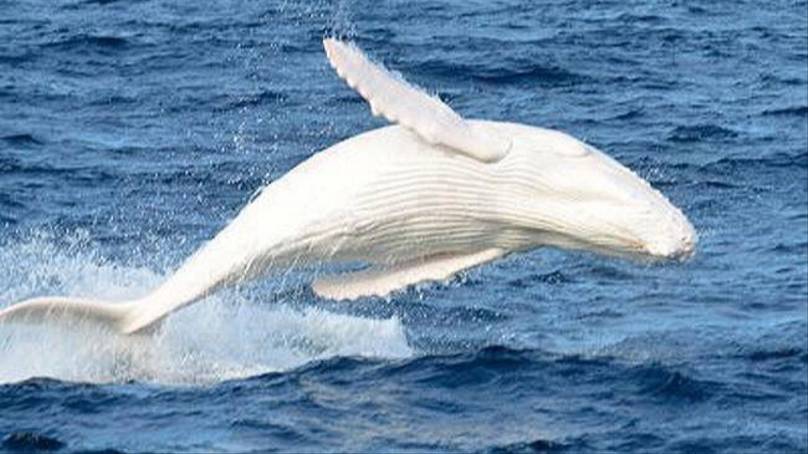
About 35,000 humpback whales, which include Migaloo, make the grueling journey from Antarctica to the waters off of Queensland each year.
The White Whale Research Centre and Great Barrier Reef Legacy dedicated a Twitter account for Migaloo to let everyone know about his movements. The first sighting of the season was on Tuesday.
The Twitter account said: “A white whale possibly Migaloo has been sighted along the NSW South Coast heading north. Estimated to cruise past Sydney anytime soon and Cape Byron anytime from Wednesday this week.”
First spotted in 1991 as a juvenile, Migaloo has gained enthusiastic support from followers who love to see and capture him on camera and video. The first photograph taken of him was from over 5 km away and through a telescope. The blurry result made it impossible to determine if he was in fact all white.
‘’In 1993 Pacific Whale Foundation researchers encountered this amazing white whale in Hervey Bay, Queensland. During this encounter we were able confirm the whale was all white and in 1998, we recorded the whale singing, a trait distinct to male humpback whales.’’
This was confirmed by scientists at Southern Cross University through Genetic testing in 2004. Migaloo has several physical traits that scientists can use to confirm his identity. They are able to confirm it is him with markers such as the dorsal fin on his back, which is slightly hooked, and his tail flukes that have a distinctive shape with spiked edges.
The blog continued: ‘’After sharing our remarkable discovery with the public, there was an outcry to ‘name the whale’. It was decided that the naming of the whale should be done by the elders of the local aboriginal collective in Hervey Bay. Ultimately they named this animal “Migaloo” or “white fella”. The elders explained their connection to all white or albino animals and that they appear on earth to be respected and revered; that their unique color demonstrates the need to respect all forms of life even if they appear different than ‘normal’.’’
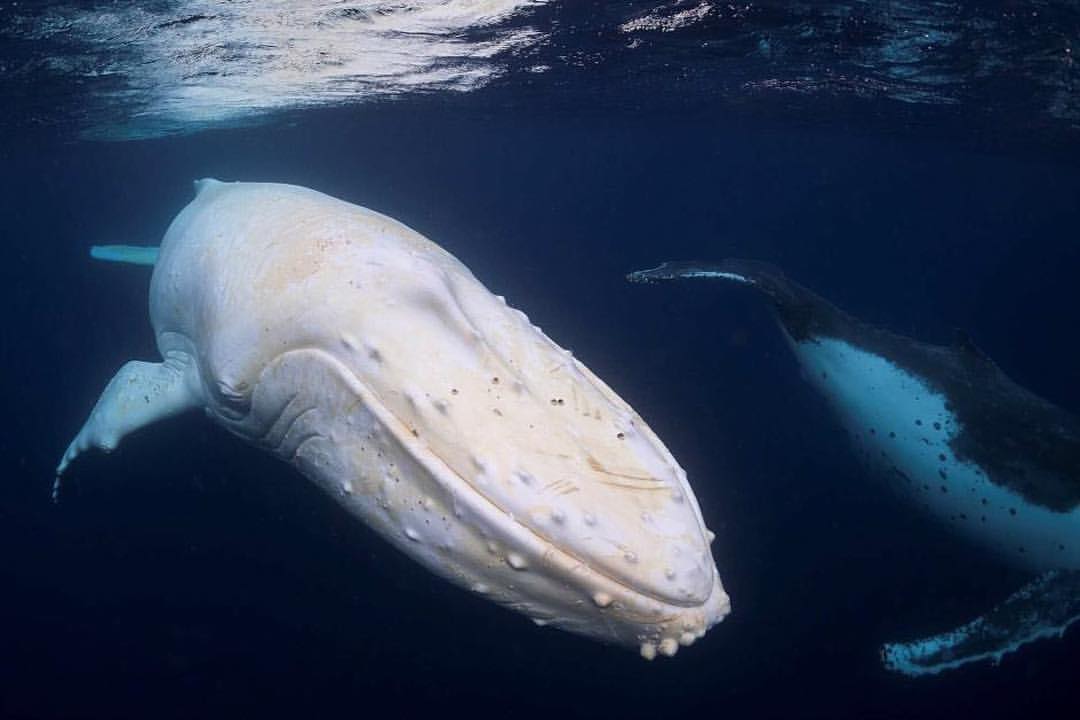
Twenty years later, another all-white humpback calf was discovered, and over the years, there has been sightings of white orcas, and a bottlenose dolphin with albinism. Migaloo is indeed a very rare humpback whale.
Adjunct fellow at Southern Cross University, and the founding director of The Oceania Project, Dr Wally Franklin, said Migaloo is now into his 30s and will hopefully live as long as 100 years.
“He is now well and truly fully grown and fully mature. He’s mature socially and physically,” Dr Franklin said about Migaloo’s migratory habits last year.
“It doesn’t appear that he has had any issues with predators and he has an expectation to living as long as 100 years, which is the generally-believed life expectancy.
“Reports of his sightings have been available for just about every year of his life and so he has been very useful in cataloging whale movements. Those sightings are very valuable in confirming migratory timing.”
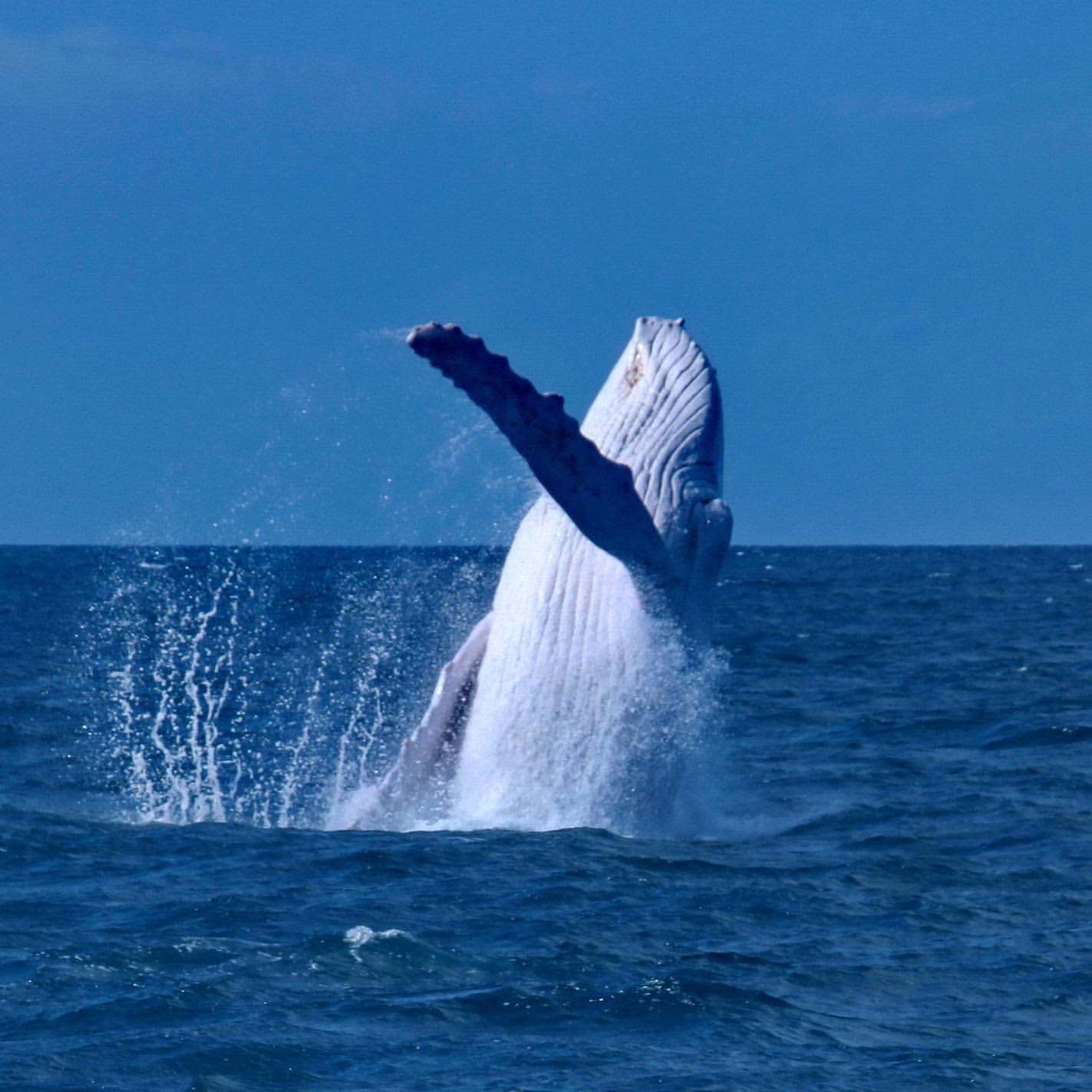
While all humpback whales are protected under Australian Federal law, Migaloo and other humpback whales that are more than 90% white are “special management marine mammals” and have extra protection: boats and vessels cannot approach within 500 meters and aircraft cannot approach within 610 meters.
These laws were put into place because Migaloo’s fans act irresponsibly in their excitement to see him and he was struck by a boat in 2003 which resulted in him getting scarred on his back. According to Queensland’s laws, tour operator’s vessels are not allowed within 500 meters of the whale when he finally gets to Australia. Vessels can be fined up to AU $16,500 (US $11,298) if they break the rules.
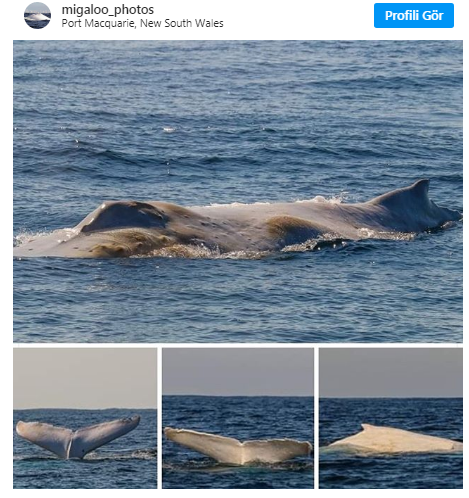
Migaloo wasn’t initially considered albino because his eyes are brown and not the typical red or pink associated with albinism, and was called ’all-white’, or ‘hypo-pigmented’. However, in 2011, researchers at the Australian Marine Mammal Centre studied his DNA and found a genetic variation leading to albinism which confirmed that Migaloo is in fact a true albino.
This year has unfortunately not been a favorable one for international travel, but those who reside on Australia’s east coast will be keeping a lookout to spot the famous whale. For the rest of us, there’s always hope for a trip to the Sunshine Coast next year.

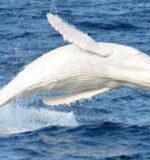
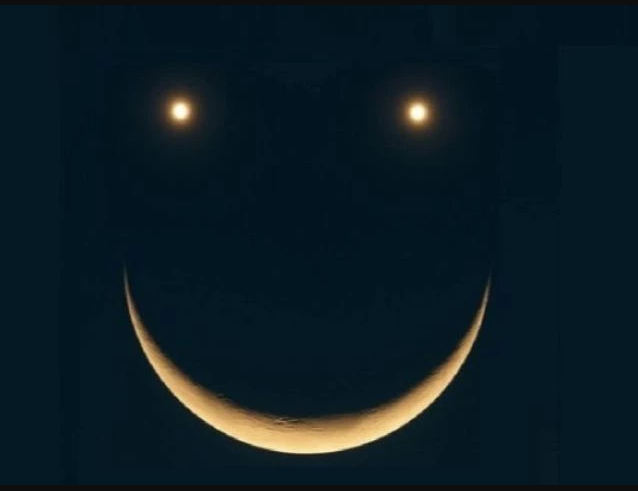
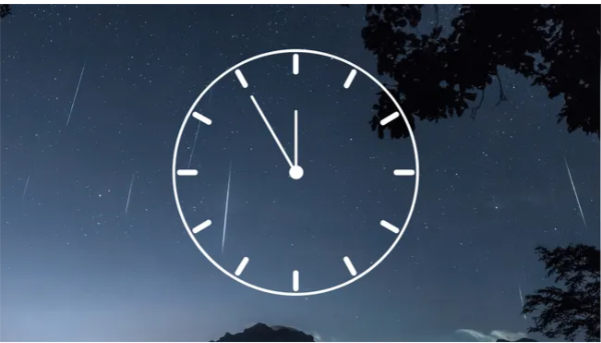
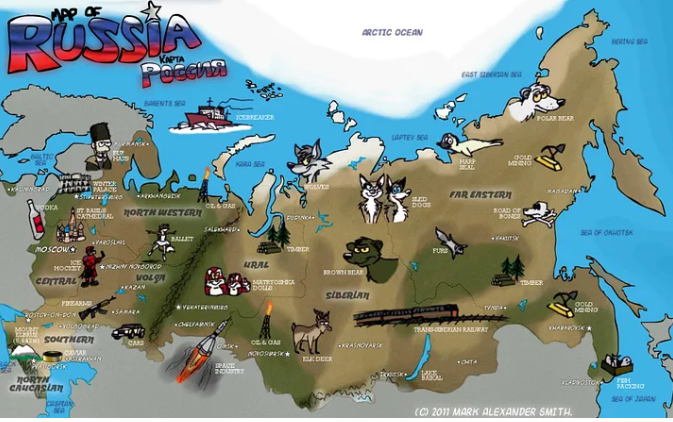
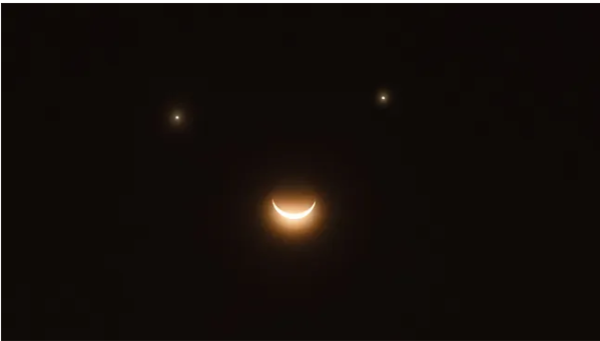
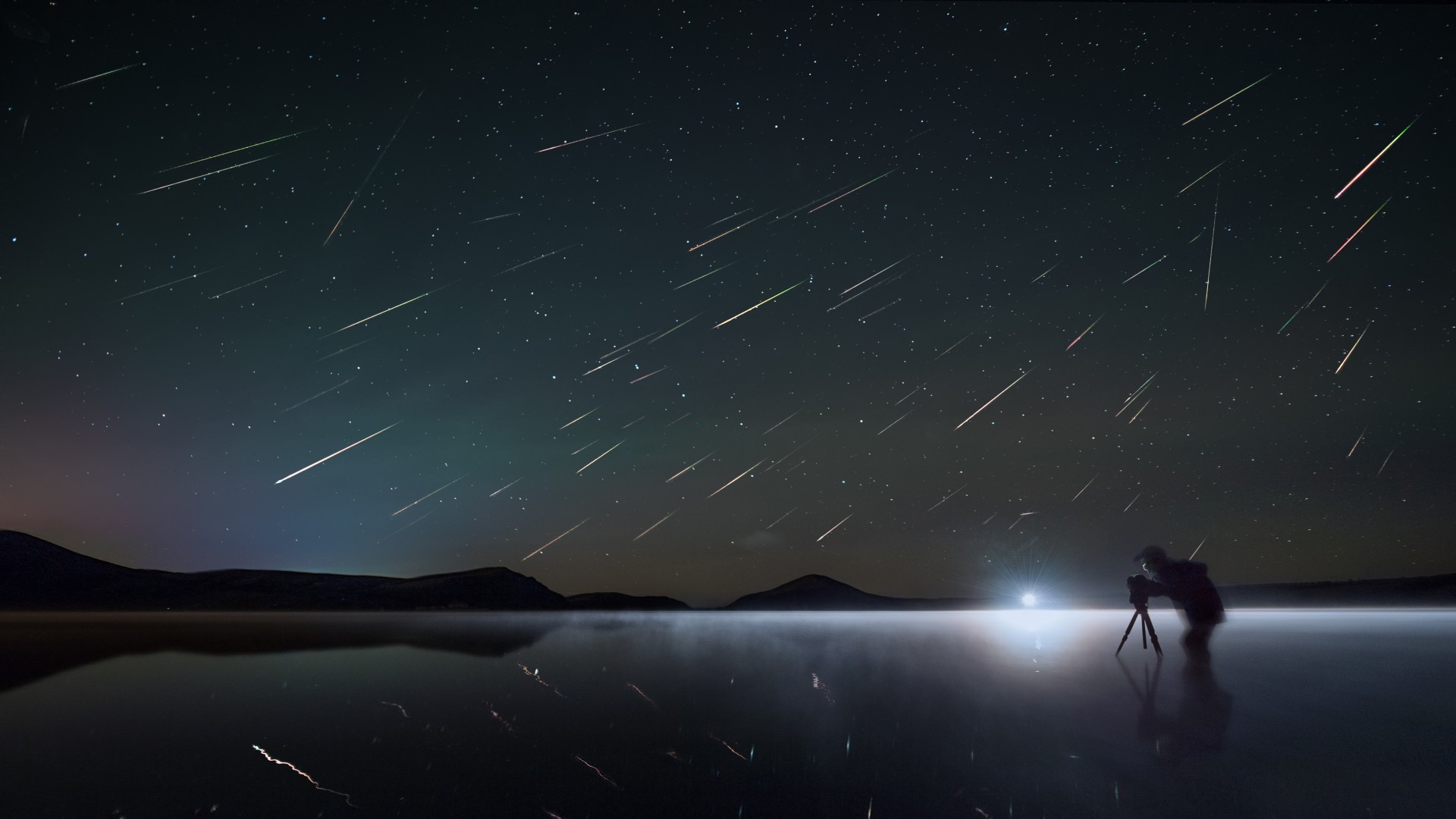
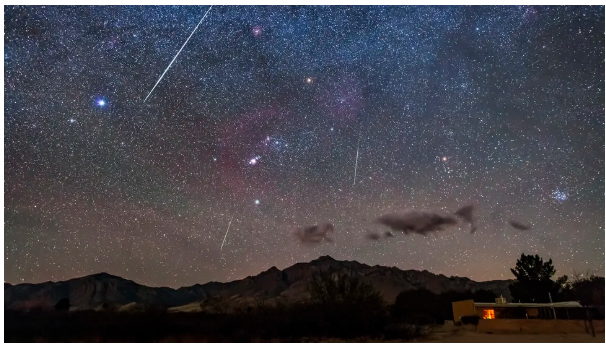
 Photographer Finds Locations Of 1960s Postcards To See How They Look Today, And The Difference Is Unbelievable
Photographer Finds Locations Of 1960s Postcards To See How They Look Today, And The Difference Is Unbelievable  Hij zet 3 IKEA kastjes tegen elkaar aan en maakt dit voor zijn vrouw…Wat een gaaf resultaat!!
Hij zet 3 IKEA kastjes tegen elkaar aan en maakt dit voor zijn vrouw…Wat een gaaf resultaat!!  Scientists Discover 512-Year-Old Shark, Which Would Be The Oldest Living Vertebrate On The Planet
Scientists Discover 512-Year-Old Shark, Which Would Be The Oldest Living Vertebrate On The Planet  Hus til salg er kun 22 kvadratmeter – men vent til du ser det indvendigt
Hus til salg er kun 22 kvadratmeter – men vent til du ser det indvendigt  Superknepet – så blir snuskiga ugnsformen som ny igen!
Superknepet – så blir snuskiga ugnsformen som ny igen!  Meteorite That Recently Fell in Somalia Turns Out to Contain Two Minerals Never Before Seen on Earth
Meteorite That Recently Fell in Somalia Turns Out to Contain Two Minerals Never Before Seen on Earth  Nearly Frozen Waves Captured On Camera By Nantucket Photographer
Nearly Frozen Waves Captured On Camera By Nantucket Photographer  It’s Official: Astronomers Have Discovered another Earth
It’s Official: Astronomers Have Discovered another Earth 